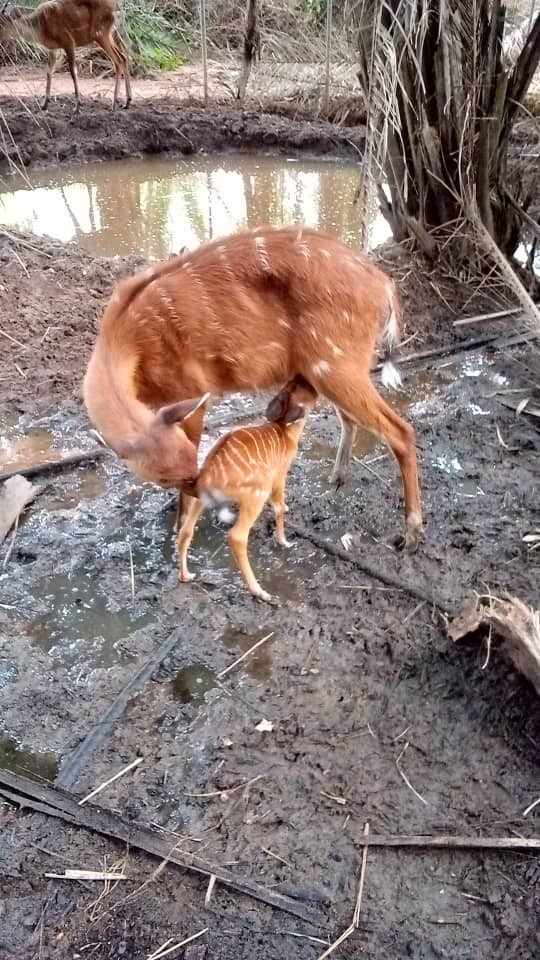- Creation-Management of Community based Protected Areas
- Creation-Management of Community based Protected Areas
- Bénéficiaire CREDI - Centre régional de Recherche et d'Education pour un Développement Intégré
- Montant du projet 76 756€
- Subventions FFEM 35 000€
-
État du projet en cours
The Sitatunga Valley is a community-based natural resource management initiative piloted by CREDI-ONG since 2007. It owes its name to the presence of the sitatunga (Tragelaphus speckii), an antelope dependent on swamps and wetlands but considered to be “endangered” of extinction in Benin. The Sitatunga Valley extends over part of the three neighboring municipalities of the Atlantic department, namely Abomey-Calavi, Sô-Ava and Zè in southern Benin. It covers a total area of approximately 80,000 ha spread over 11 districts and 96 villages.
Since August 2021, the Community Natural Park of the Sitatunga Valley (PNCVS) has been governed by an inter-municipality which brings together the three tributary municipalities and CREDI-ONG has been designated as the technical structure for the implementation of a large part of the measures. provided for in the 2020 – 2029 Development and Management Plan.
The Sitatunga Valley includes more than 16,000 hectares of marshes and wetlands with exceptional biodiversity and characteristic of southern Benin. These spaces are a real biological reservoir that is increasingly under pressure due to rapidly growing demography, urbanization, the intensification of agriculture and the mode of land grabbing. The inventories carried out within the Natural Park, all environments combined, have in particular made it possible to identify more than 210 species of birds, 64 species of reptiles and 47 species of mammals on the one hand and more than 400 plant species on the other.
Objective
Strengthen the vocation of the Sitatunga Valley Animal Refuge as an ex-situ conservation center and its leverage effect for the mobilization of resources for in-situ conservation.
